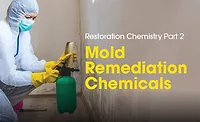Restoration Chemistry Part 3: Fire Repair Chemicals
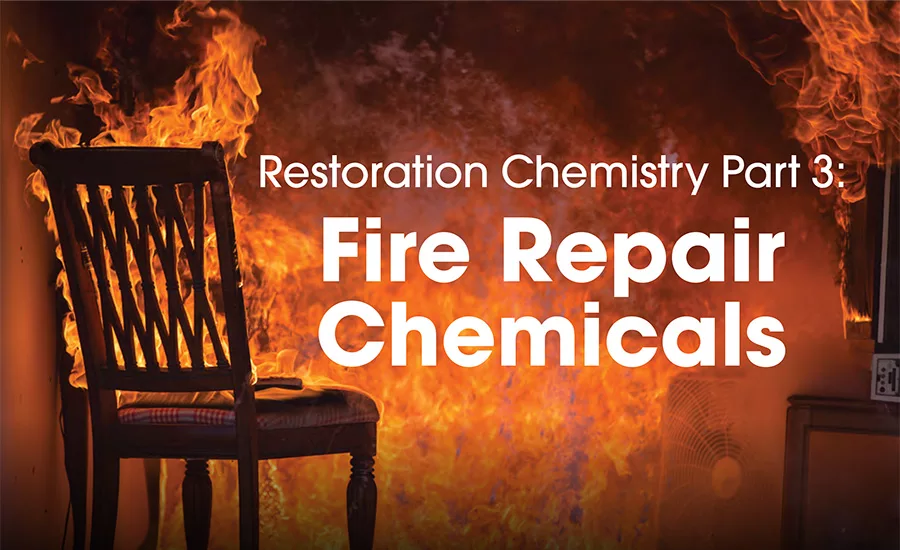
Working for a state occupational safety and health program and as a safety and health consultant for over 40 years, I have learned the value of understanding the peculiarities of any chemical being used on the job site. My natural “science bent” made learning about chemistry from a practical standpoint not only interesting, but kind of fun. Nevertheless, I know that for many people even mentioning the word “chemistry” is the farthest thing from enjoyable. Despite some having a natural aversion to the subject, it is imperative that professionals in the restoration industry have a solid knowledge of the types of chemicals they use on a regular basis. To that end, this article continues a series of information presented in terms appropriate for you, the contractor, to help explain different types of restoration chemicals and the proper procedures for using them to keep workers and occupants safe.
The kick off part of this series discussed chemicals in general and then took aim at those that were being used to deal with the COVID-19 pandemic. The second installment focused on chemicals used during mold remediation. The last piece of this series, part four, will evaluate the sorts of chemicals that are used during water loss situations. For now, however, the focus is on chemicals used during fire restoration. As such, this segment will take a look at the products typically used to clean fire residue, seal smoke-damaged materials, and deodorize the environment. As mentioned in the second part of this series, the primary purpose of the entire series is to provide enough information so that restoration professionals can:
- Take adequate safety precautions to prevent hazardous chemical exposures to their crew or building occupants,
- Have a base of information for making reasonable choices regarding chemical selection for different activities, and
- Understand enough about the products they are using so that they can speak intelligently with customers, consultants, adjusters, occupants, and other project stakeholders.
Knowing The Type Of Fire Is Key To Selecting The Right Cleaner
Fire restoration may seem fairly straightforward to the members of the general public: rip out the burned materials, clean off the smoke and soot residue, and rebuild. While those basic steps are clearly part of the process, understanding how to complete them properly, particularly with the wide range of synthetic materials that can be impacted by the fire, requires a good amount of education and experience. Fire restoration professionals know that each fire is unique in terms of what burns, how hot it burns, how long it burns, and the mix of fuel and oxygen while it is burning. These factors, along with building construction techniques and air movement dynamics, determine the extent of physical damage and the type of fire residue that is deposited in areas not directly impacted by the fire.
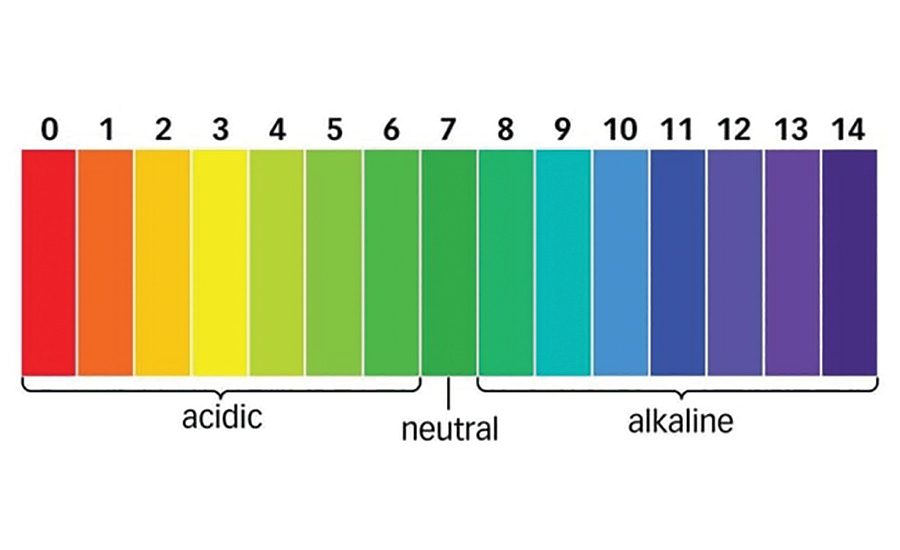
Choosing the right cleaning chemicals to deal with the soot and smoke residue will depend on whether the fire contamination is dry or greasy, acidic or alkaline, dark or light, aggressively adhered or lightly settled. The choice of the particular cleaning chemical will also be dependent upon the surfaces that are being cleaned. Some cleaners work well on metal and finished surfaces while others will do better on raw wood that make up floor joists and subfloors. Some cleaners for metal items will have lubricants built-in to minimize the potential of flash rusting after the surface has been cleaned. However, using such a cleaner on porous surfaces, such as furniture or carpets, could make a bigger mess than the soot deposition.
Professional fire restoration contractors often try and select cleaning products on the opposite end of the pH scale as compared to the actual fire residue. Since many fires where plastic and other synthetic materials are burned produce an acidic residue, almost all the chemical producers servicing this market niche have an alkaline-based cleaner as one of their standard offerings. Quite frequently, the instructions for these chemicals indicate that various dilution ratios can be made depending on the level of the residue and the type of surface being cleaned. It is critical to note that the concentration of cleaner to water can affect the pH level. Since water is neutral on the pH scale, mixing it with an alkaline cleaner concentrate generally results in the pH of the mixed solution that is lower than the concentrate. It is just the opposite with acid-based cleaners; as mixing with water will result in a solution that has a higher pH level than the concentrate. Seeing a visual explanation of this in a standard pH chart is helpful.
As if checking pH levels of cleaners and then determining how dilution ratios impact those levels was not enough, cleaners for fire restoration also utilize other chemistry. Surfactants and solvents are both common additives for fire cleaning chemicals. Surfactants, oftentimes in the form of soaps and detergents, are added to the fire cleaning product in order to help the cleaning solution break down into smaller droplets so that it can be absorbed either into the contaminant itself or the surface on which the fire residue is located. Solvents also break down the fire residues but do it as a chemical reaction rather than trying to force water into the material. Mineral spirits and acetone are solvents that can be found in some cleaners advertised for fire and soot cleanup. Cleaners with such solvents tend to work best as spot cleaners for areas with residual wax, grease, tar, or oil as part of the mix.
Regardless of whether the fire cleaning chemical is concentrated or ready to use, acidic or alkaline, contains solvents or not, it carries some risks to the workers during the cleaning. As with all chemicals, following the directions and using the recommended personal protective equipment (PPE) when there is potential exposure to the chemical will go a long way toward keeping people safe.
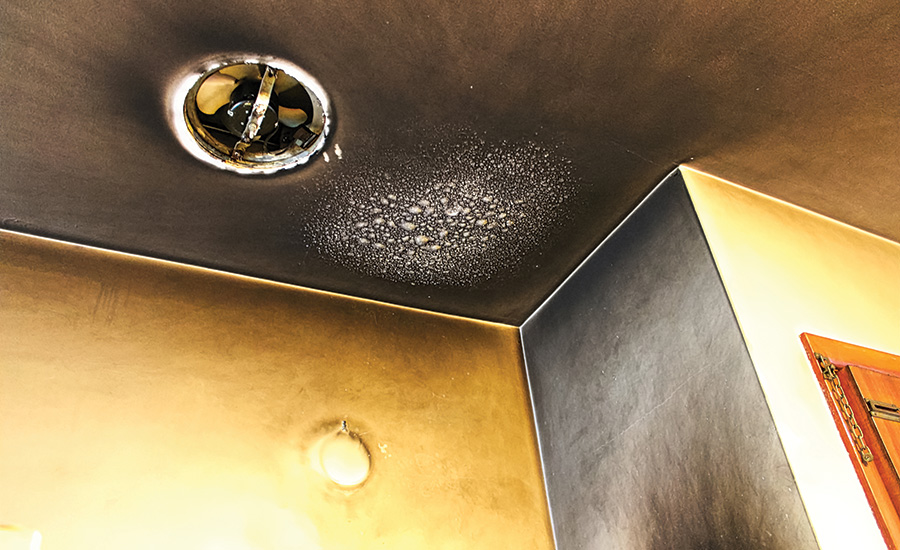
To Seal Or Not To Seal?
While the question often asked by fire restoration professionals has not risen to the level of popular knowledge as the famous question posed by Shakespeare’s Hamlet1, it still is a key decision on almost every fire project: should we use a sealer or not. Sealers on fire restoration projects originally started out as primers for surfaces that would be painted. The purpose was to keep the discoloration from the heat and smoke from bleeding through and negatively impacting the color of the final painted surface. As such, most sealers have a relatively high concentration of solids in the mix.
When some restoration contractors realized that primers seem to seal in residual smoke and fire odors, the use of such materials quickly grew in the industry as a means to “insure” that the cleaning and restoration efforts did not result in a call back due to the occupants smelling a smoke odor. This approach grew so quickly that four years ago, two fire restoration experts wrote an article for an industry trade journal with this concise description of the situation and warning:
It has now become a routine procedure to apply pigmented sealer to smoked building surfaces for “odor control.” However, dependence on primers and sealers to permanently block smoke odors should be discouraged2.
The primary reason for the warning against using sealers for odor control is that many materials, particularly wood, expand and contract as temperature and humidity levels change over time. As these changes occur, the surface of the drying sealer can crack or flake allowing the fire odor to once again impact the indoor environment. Therefore, the use of sealers for odor control as a stand-alone process is not considered to be a permanent solution.
Despite their misuse in some situations, fire restoration sealers have their place in the industry; but only as part of a multistep fire restoration process. As one reputable chemical manufacturer puts it in their product informational material:
Smoke odor encapsulation is a final step that needs to be part of a comprehensive smoke/odor management protocol. This protocol should include the following steps: Odor Cleaning, Odor Neutralization and Odor Encapsulation3
So, whether it is mold remediation that was discussed in the previous part of this series, or fire restoration, the approach of “spray and pray that the problem goes away” really has no place in the industry. Chemical use is an adjunct to the restoration process not a substitute for physical removal and cleaning.

Women Smell Better Than Men
No, the section heading is not a sexist comment. It reflects ongoing research that indicates that, on average, women have a significantly greater number of olfactory receptors than men4. In other words, women generally are more likely to detect subtle odors. This is a significant issue in the arena of fire restoration as cleaning and deodorization efforts have to be effective for even the most sensitive of occupants in order to claim that the structure has been returned to a pre-loss condition.
Because of the need to eliminate even low levels of smoke odors, the fire restoration industry now utilizes a variety of deodorization chemicals. Although there are hundreds of specific formulations sold in the fire restoration industry for deodorization, they generally fall into two categories: oxidizers and counteractants. Oxidizing chemicals are typically applied as a spray/mist or gas. They react with fire residue on the surfaces and in the air and break them down into component parts. Commonly-used spray solutions include sodium hypochlorite (bleach), hydrogen peroxide, and chlorine dioxide. The primary gaseous oxidizer that is used for fire restoration is ozone. All of these oxidizing chemicals can be damaging to both individuals and materials in a building. This danger leads to a heightened requirement that users understand the basic odor control process and safety precautions for such chemicals; and then make sure that they are used properly.
The other main type of fire restoration deodorizing chemical are the counteractants. These chemicals add scents or other compounds to the air. In most cases, the deodorizer is superimposing a stronger smell on top of the lingering fire odor in order to make the fire residue less noticeable. The scented materials have to be strong enough to hide or overwhelm the smoke odors which means that the stronger the initial smell, the more product that has to be applied as a deodorizer. Such a situation means that the fragrance being added is so great that the pleasant smell may dissipate at a faster rate than the fire residue that is the source of the odor. Deodorizers that are applied with the help of a thermal foggers are typically additive chemical scents. Generally, chemical scents are not recommended as many of them have persistent residual odors that add to the level of hazardous airborne compounds in the structure rather than reducing them.
Another type of deodorizer is a masking agent. These chemicals are applied to surfaces and aerosolized so that they combine with the smoke odors to create a shell or “mask” around the outside of the odor molecule. Although the source of the odor is not broken down or removed, the mask on the outside of the contaminant fools the olfactory nerves into ignoring the fire residue in the air.
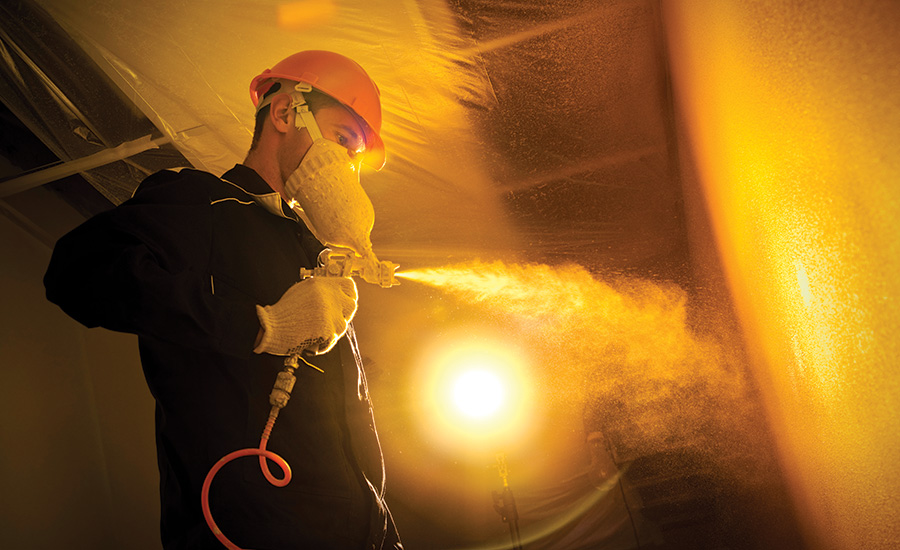
Know Your Chemicals
It has been my experience that of all the areas of restoration the individuals conducting fire repair work really understand less about the chemical underpinnings of the products that they use for cleaning, sealing, and deodorizing than products used in other areas of restoration. This can have drastic consequences. We recently were involved as expert witnesses in a case where ozone generators were utilized for odor control in conjunction with a chemical sealer that was applied to large areas of remediated subfloor and joists. The combination of the ozone and the off-gassing volatile organic compounds from the sealer created a stench that permeated everything in the home including the cutlery inside the kitchen cabinet drawers. Repeated washing of the nonporous items was not enough to eliminate the odor. Of course, the porous items were a total loss. The end result was the lawsuit and a seven-figure judgment against the contractor and their insurance carrier.
Regardless of the types of chemicals used, or the quality of the manufacturer, products used for cleaning, sealing, or deodorizing structures as part of a fire restoration need to be chosen carefully. Part of the selection process should be in understanding of the entire scope of the project so that chemical selections can be made in a manner ensures that ensures there will be no adverse cross reaction between the various products brought in by the contractor. In addition, chemicals should also always be spot tested to make sure that they will not cross react with the fire residue or other materials that are already present in the structure to create noxious odors or damage the surfaces. Thinking things through and spot testing will go a long way to avoiding problems with chemicals that are used to supplement a proper fire restoration project.
Looking for a reprint of this article?
From high-res PDFs to custom plaques, order your copy today!






